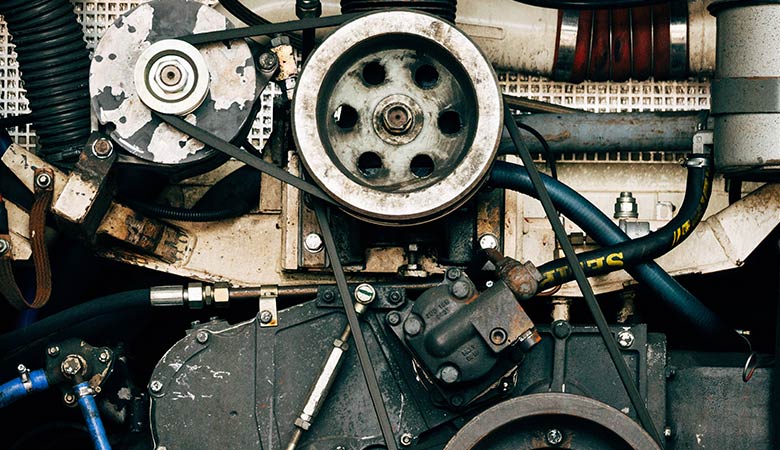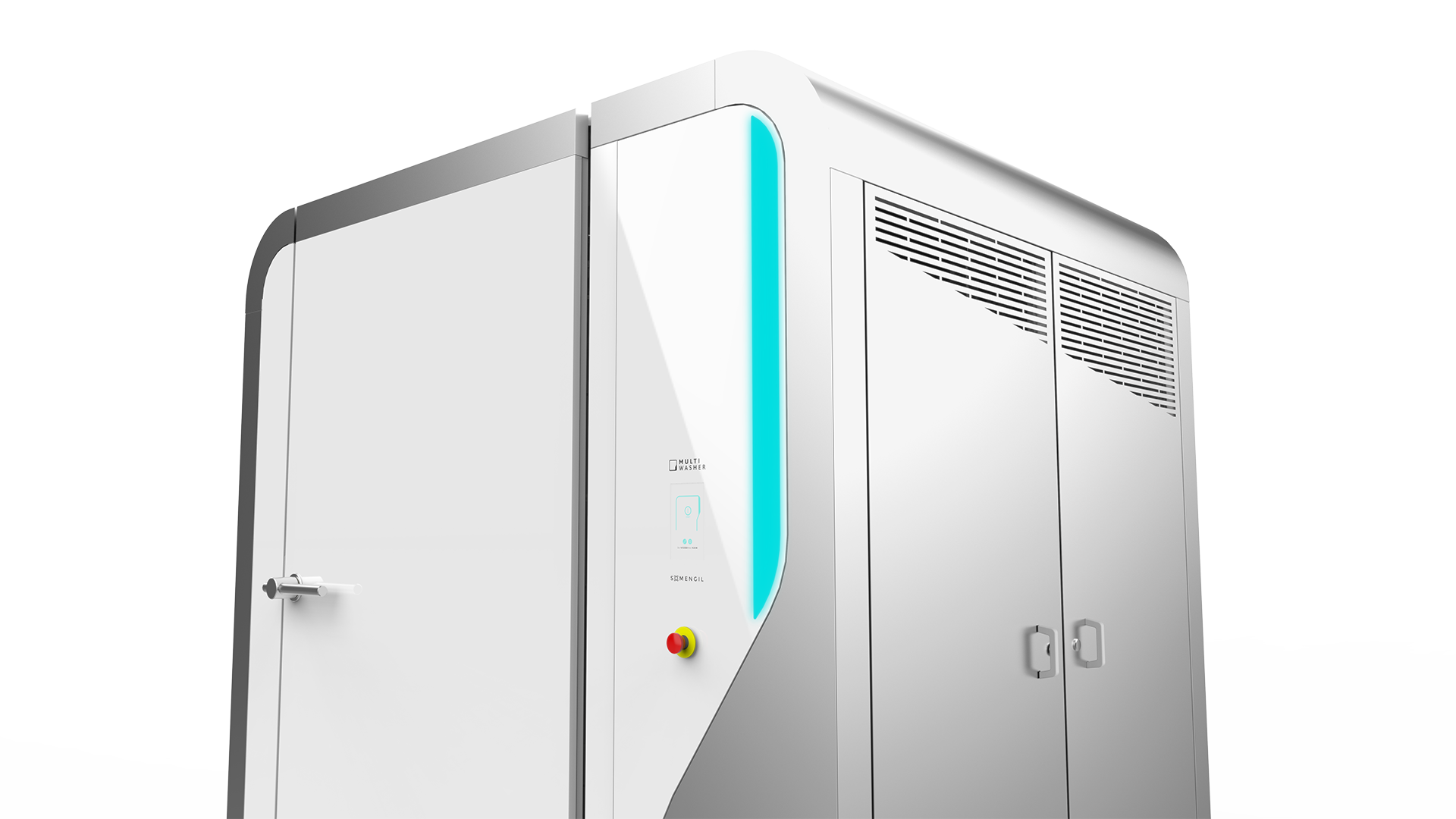Gestão / Artigos
8 indispensable quality tools
Here are 8 indispensable quality tools to create a culture of continuous improvement.

 10 minutos de leitura
10 minutos de leitura
2023-02-09 18:29:41
What is “Quality”? According to the classic definition, a product “has” quality if a series of pre-established standards or requirements are met. For decades, producing fewer than “x” defects, achieving deviations of less than “y” millimeters, or registering fewer than “z” failures have been synonymous with quality. In part, they still are, but in an increasingly competitive world, simply complying is no longer enough to seduce new customers.
Today, Quality is more than the result of internal processes and is not just measured at the end of the production line. The most innovative companies have adopted a new definition, which is both internal and external: the added value that the customer is willing to pay for. Moreover, the concern with quality management now extends far beyond production – it is present at all stages, from development to industrialization, and encompasses all processes and areas of the organization.
Even the term “Quality” itself is changing. As emphasized by Mário Fragoso, Quality Manager at Somengil, “in the future, we will no longer talk about Quality, but about Continuous Improvement”. This concept refers to the more holistic and permanent approach that is necessary to remain competitive.
Faced with the complexity of defining, measuring, and improving quality, it is important to have the right tools to increase the reliability and performance of products and processes. Here are 8 quality tools to foster a continuous improvement culture and deliver a quality experience to your customers.
1. PDCA: a quality tool to manage improvement opportunities
PDCA stands for “Plan, Do, Check, Act,” and is a very useful tool when managing improvement opportunities – whether it’s because a production parameter needs to be revised or invoicing is very time-consuming. The four letters designate a different stage of implementation, since an action is defined until it is implemented.
Its use could not be simpler: once the problem and the root cause are identified, an improvement action is proposed, along with a completion date and an owner. This action is regularly monitored and develops in statuses as it is implemented: Do for when it is in progress, Check for when it is being checked, and Act for when it is finished. The secret of this tool lies precisely in its simplicity that allows for team involvement and regular check-ups.
For many companies – like Toyota, which popularized the PDCA – this is the basis of their continuous improvement system – small incremental evolutions, every day, are more effective than large projects with a high risk of delay and failure before they reach the production line. Also known as the Kaizen method, it allows the company to be transformed from within. Learn about this quality tool in more detail.
2. 8D: to deal with complex problems
Mistakes can happen, but when they become repetitive, they turn into a mirror image of the company. The 8D Methodology is a quality tool that addresses the root causes of problems through 8 structured steps – from planning to celebrating success. The focus is on identifying the root causes and implementing quick-wins, followed by long-term measures to prevent the problem from occurring again.
By providing a structured roadmap, the 8D Methodology prevents these recurrences and acts as a guide for the entire company to deal with problems – even if it means having to stop production. You can learn more about this quality tool in this article.
3. Ishikawa Diagram: to root out the main causes of problems
The Ishikawa Diagram is a quality tool that uses a fishbone-inspired graphic design to list the root causes of complex problems. This visual representation makes it easy to prioritize the most important root causes and organize them into 6 categories, also known as 6Ms of production – Manpower, Method, Machine, Material, Milieu and Measurement.
The graphical format is a powerful visual aid for uncovering the root causes of a problem while ensuring that none is forgotten. It is also an excellent tool to use in brainstorming sessions. Discover the full potential of the Ishikawa Diagram.
4. 5W2H Method: to summarize any problem
The 5W2H Method is a quality tool that brings together 7 standard questions to describe a problem or a project. “What, Why, Where, When, Who, How, and How much” prompt simple answers visually represent in single-sheet template for the entire team to follow.
5W2H can help summarize, communicate, and solve any kind of problem. Its power of synthesis forces the team to focus only on what is essential, even in complex situations. The answers should be short and focused so that the resulting activity map is clear. Find out how to put the 5W2H method in practice.
5. DMAIC method: to approach issues in a standard way
The DMAIC method is a quality tool with 5 well-defined steps for solving problems in a structured way. According to its acronym, they are Define, Measure, Analyze, Improve, and Control. This process should be repeated until the desired improvement is achieved.
6. 5S Methodology: to make the workplace more productive
The 5S Methodology aims to make work spaces more productive, ergonomic, and safer, with less waste and higher quality. The name comes from five Japanese terms that begin with the letter “S” and represent the 5 steps needed to achieve a lean work area.
The 5S reorganization allows teams to focus on the work that adds value, without unnecessary distractions – such as searching for materials or information – movements or effort. The result is a more pleasant, safe, and efficient workplace. Find out in this article how to easily apply these 5 steps in your company.
7. FMEA analysis: to anticipate risks
FMEA analysis “Failure Mode and Effect Analysis” is a quality tool that allows you to anticipate possible failures before they occur. It is used to identify and prioritize risks in each process and then define actions to prevent them from occurring or to resolve them immediately if they happen. This method is critical to avoid problems or mitigate their effects, particularly in critical processes or equipment. More than a quality tool, it is also a risk management assessment. Explore the potential of FMEA analysis for your company in this article.
8. Six Sigma: to reduce failure rates to a minimum
The goal of the Six Sigma method is to achieve (near) 100% accuracy. To do so, Six Sigma seeks a quality standard that can always be reproduced, reducing variations in processes, and providing a final product with consistent quality. This way, it is possible to guarantee all the characteristics and integrity of a product with minimal waste, even if it is manufactured by different operators or at different times.
For Six Sigma to work, a process must produce less than 3.4 defects per million occurrences, which is something only within the reach of the most ambitious companies. Learn more about this quality tool.
In conclusion, these are 8 quality tools worth knowing. Many are complementary, so you don’t need to choose one over the others. According to the reality of each company, these tools can be used together to help develop a culture of continuous improvement. Investing in quality tools also means having the right equipment. In the specific case of industrial washing, the MultiWasher is as an advanced solution that allows the sanitation of any type of utensil. In addition, this machine has an unprecedented performance in terms of sustainability, ergonomics, and design. Schedule a webinar and see for yourself the impact that the MultiWasher can have on the quality of your processes.
Também pode gostar

Gestão / ArtigosArtigos
One Step Ahead: What is Predictive Maintenance?
Predictive maintenance uses data to predict and prevent failures, increase equipment lifetime and improve efficiency. But what does it mean for b...
Postado em 2022-01-06

Gestão / ArtigosArtigos
Capacity management: a guide to maximize efficiency
Capacity management is a critical balancing act that every company performs every day. Learn how to do it right in 7 essentials steps.
Postado em 2024-05-14

Gestão / ArtigosArtigos
The Kaizen Way: what it means and how to apply it
The Kaizen way is a unique approach to continuous improvement and operational excellence. This is what it’s for and how to implement it.
Postado em 2022-01-13






















 Português
Português English (UK)
English (UK) English (USA)
English (USA) Français
Français Español
Español Deutsch
Deutsch